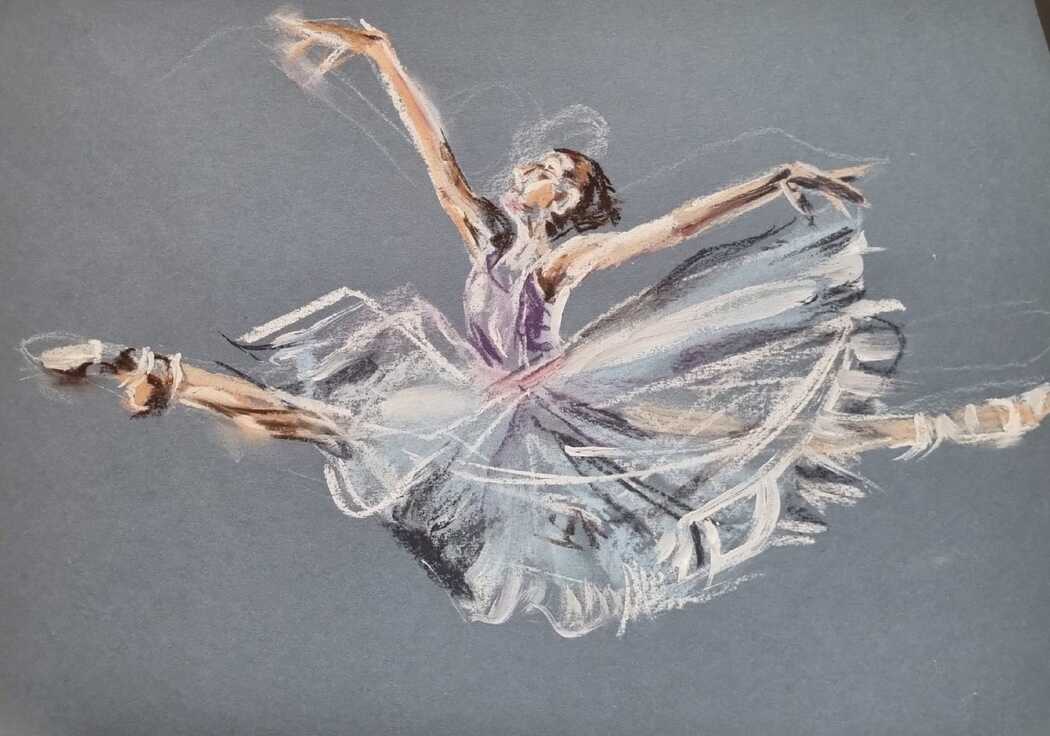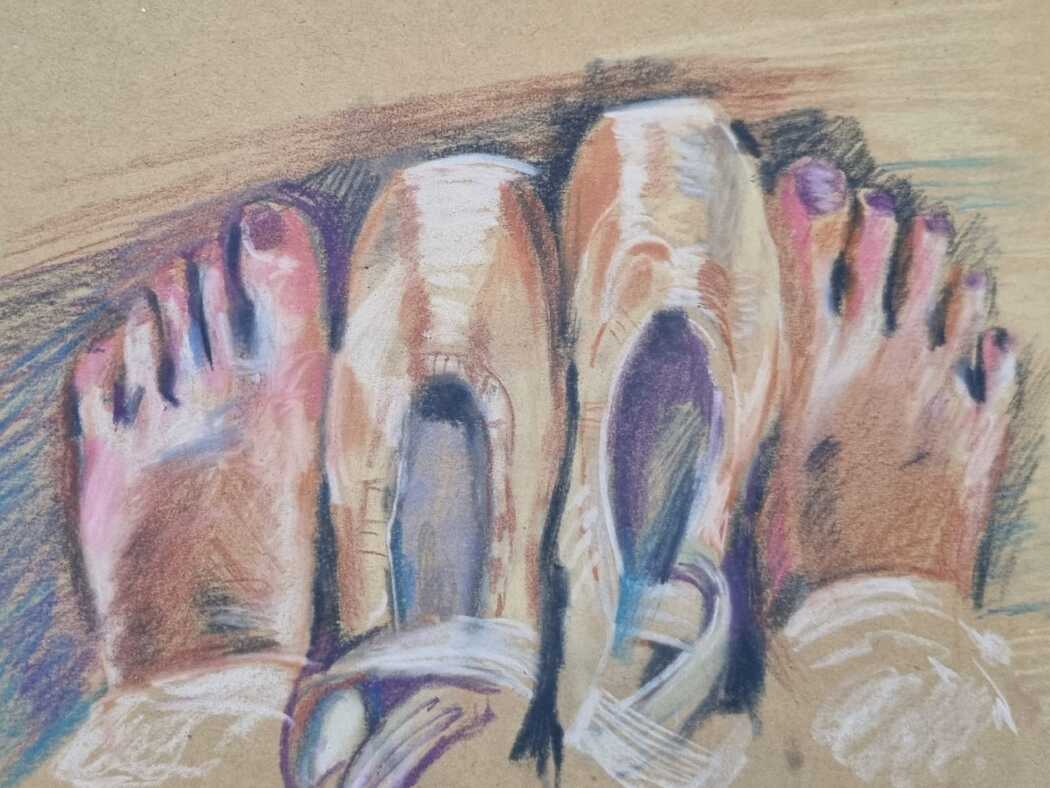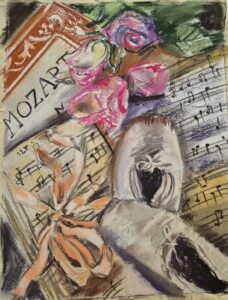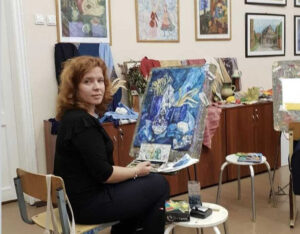Mikhailova Natalia
Year of birth: 1979.
Your education: Higher education, PhD in Pedagogy.
Describe your art in three words: Color is the foundation of everything.
Your discipline: I specialize in dry pastel and oil painting.
Your works beautifully capture the elegance and energy of ballet. What inspires you to focus on dance, particularly ballet, in your pastel works?
I have loved ballet since childhood. My mother used to tell me that when she first took me to a ballet performance at the age of two, I cried when it ended because I didn’t want it to be over. I was fortunate to be born and live in the beautiful city of Saint Petersburg, where there is a unique opportunity to visit theaters and watch ballets by various authors. I believe pastel allows me to convey the lightness of the dance, its grace, flight, and movement, as well as the emotion and passion. What I particularly like about ballet is the way emotions are expressed through movement: how love, suffering, sorrow, and doom are conveyed without words.
 Mikhailova Natalia | Flight
Mikhailova Natalia | Flight
Your background in both physics and art is quite unique. How does your scientific education influence your approach to creating art, if at all?
It just so happened that after school I chose to study physics, but there is also so much beauty and mystery in physics—the flight of particles through a collider, electron clouds. While studying physics, I became very interested in the topic of color, light, and the spectral characteristics of objects. As for scientific approaches, I try to read a lot about dry pastel techniques and artists. For example, I recently discovered the works of Mikhail Shemyakin done in dry pastel—they are exquisite, concise in plot, and brilliant in execution. But when I start to draw, all the science fades away, leaving only emotions.
You have studied the interiors of St. Petersburg theaters and portrayed them in pastel. What draws you to theater interiors, and how do they influence the emotional tone of your artworks?
Pastel is a very tactile material. There are pastel artists who draw while wearing gloves, but I prefer to work with my hands. It feels like when I draw with pastel, I am actually touching the velvet of the seats, the fabric of the curtains, and the tulle of the ballerinas’ tutus. Pastel allows me to convey textures, and in the interiors of St. Petersburg theaters, there is so much—wood, fabric, gold, crystal!
 Mikhailova Natalia | Legs
Mikhailova Natalia | Legs
Pastel as a medium allows for rich texture and materiality. What challenges do you face when working with pastels, and what are some of your techniques for achieving the desired effects in your works?
Dry pastel is a special material. It has definite advantages—it’s easy to layer, blend, convey texture, and can be used like both a pencil and an edge, creating different types of lines. But there are also challenges—its powdery nature, the impossibility of applying too many layers, its fragility, and, like watercolor, pastel doesn’t forgive mistakes. I try to study different techniques, using blending, pastel pencils, fixatives, and primers. I really love the texture—pastel allows you to achieve a materiality effect, it’s just magical! Many artists aim for the volume of the image, but pastel gives the feeling of the material that everything is made of.
Could you describe your process of preparing to create a work? Do you begin with sketches, or is your process more intuitive?
Having an academic art education, I understand that creating quality work requires sketches, but it doesn’t always happen that way. Due to my emotionality and phenomenal visual memory, I often draw without sketches. Sometimes the idea of a work takes over me, and I create several versions of the same subject, drawing until the concept of the painting is fully realized. Sometimes, I even need to take a break and start again.
 Mikhailova Natalia | Mozart
Mikhailova Natalia | Mozart
How do you see the future of pastel art evolving, and how do you contribute to that evolution through your work and involvement in the National Union of Pastelists of Russia?
I am a member of the Union of Pastelists of Russia, participating in events and exhibitions. My work “Northern Bonaparte” received special recognition from the judge at the exhibition “Zone of Stability. 2023.” I plan to present works with theater interiors in upcoming projects of the Union.
I believe pastel has a great future, as this technique combines graphic elements and allows for the conveyance of color. Currently, I am studying at the Saint Petersburg State Academy of Art and Industry named after A.L. Stieglitz, at the Faculty of Art Business. Studying the structure of the art market, including the domestic one, I understand that there is now a high demand for individuality in artists, their style, and for graphics. Pastel offers great opportunities for contemporary artists, and the technical characteristics of modern pastel and paper allow these possibilities to be fully realized.


Leave a Reply
You must be logged in to post a comment.